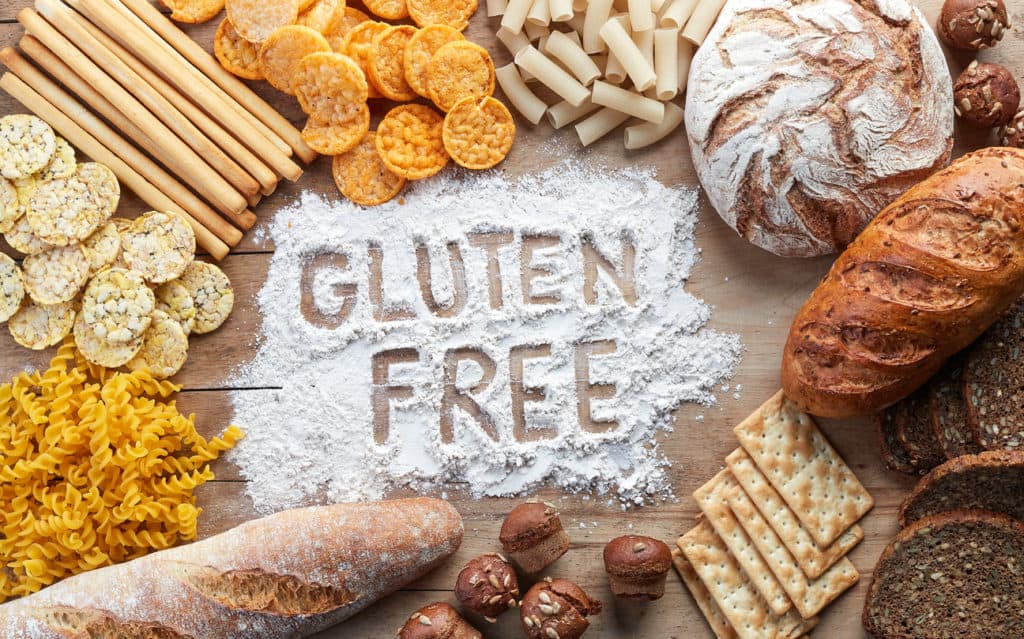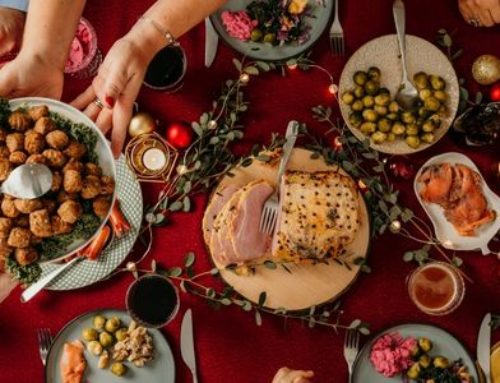
There is increasing demand and push for gluten free diets. According to Coeliac Australia, 1 in 10 Australian adults have been diagnosed with Coeliac disease and approximately 2.4 million adults follow a gluten free diet to an extent (without being Coeliac). It isn’t always easy to adjust and maintain a GF diet. However, there are a few tips that can certainly help! While this list is by no means extensive, here are 5 tips to get you started:
Customise your kitchen and pantry
It has always been recommended to dedicate a space in the pantry and fridge for gluten free products, that are separated from all other foods containing gluten. However, this all depends on your living situation and how much space you have to work with. Whether it is the top shelf in the pantry or the bottom shelf in the fridge, making a home for your gluten free products is important.
Why bother, you may be thinking? Well, it is extremely important not to cross-contaminate your gluten free foods with traces of gluten. It can be as innocently as a member of your family using the butter on your dedicated shelf to butter their non-gluten free bread. Even a small contamination like the butter example, can make you feel extremely unwell.
Talk to your family
It is important to get your family aware and involved with helping you to maintain a GF diet. Talk to your family about the dedicated fridge and pantry space for gluten free foods. Inform them about the reasons why it is important to not cross-contaminate (simply: contamination = feeling sick).
When your family is involved and aware, it will help reduce the likelihood of accidental cross-contaminations. Getting the family involved with the customising of the gluten free space, may be a good opportunity to get them aware of the space and also gluten free foods!
Join a support group
While it is important to have the support of your family, it is also worthwhile to have the support of a group and/or membership.
Coeliac Australia is a great organisation that offers state based membership and can give you access to reliable resources such as: a quarterly magazine updating you of the latest research; seminars, shopping tours, gluten free food expos and events. Talking to other people who are understanding what you are going through is also a great way to connect and gain extra support.
Look at labels
BEING ABLE TO LOOK FOR CERTAIN ‘TELL-SIGNS’ ON A LABEL TO JUDGE WHETHER A FOOD PRODUCT IS GLUTEN FREE OR NOT, IS EXTREMELY HELPFUL! YOU CAN LOOK FOR:
- Coeliac Australia’s logo. If you see the logo, you can be assured the product is GF.
- In Australia, all packaged foods must have an ingredients list printed on the packaging. Look at the ingredients list and check for any ingredients that are gluten containing (wheat, barley, rye, malt, brewer’s yeast etc).
- Check for claims about allergens. You can check for claims like ‘may contain traces of gluten’ or ‘gluten free’. It’s also important to note that, just because a package may say ‘wheat free’, does not mean that it is ‘gluten free’.
Choose a diet rich in wholegrain, fruit and vegetables
There are so many wholefoods available that are naturally gluten free. So instead of focusing on the foods you cannot eat, lets focus on the wholefoods you can eat, for example:
- Fresh, lean, unprocessed meats including: beef, chicken, fish, lamb, kangaroo and pork
- Most dairy and dairy alternative products including: milk, soy milk, eggs, yoghurt, block cheeses, cream, custards, rice milk and coconut milk.
- Fruits and vegetables (too many to name, but all of them are naturally gluten free!)
- Wholegrains and cereals including: maize flour, lentil flour, rice flour, coconut flour, rice bran, potato flour, buckwheat, millet, amaranth, polenta, psyllium, plus gluten free alternatives (pastas and noodles).
- Legumes: lentils, chick peas, kidney beans, black beans, butter beans and other beans, etc
- Sauces including: honey, maple syrup, tahini, plus gluten free alternatives (soy sauce, tomato sauce and salad dressings)
If you’re stuck for ideas, you can try our: baked beans with eggs and haloumi recipe or the spinach and tomato frittata.
It can be difficult to transition to a gluten-free diet! If you feel like you need extra support or just need some recipe inspiration, we can help!
If you’d like further help with your nutrition please click below:



